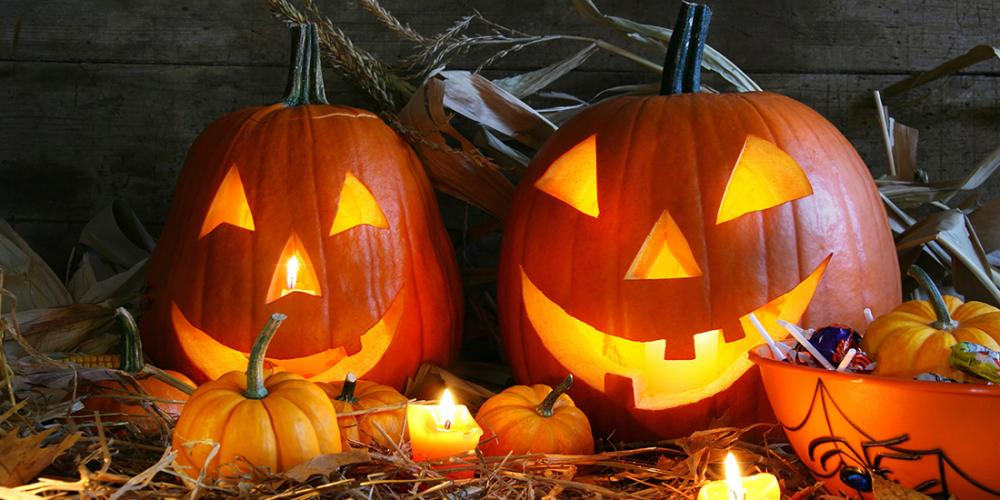Social

First associations that come to our mind when thinking about Halloween are popular “trick-or-treat” tradition, bobbing for apples, costume parades, parties and other family-friendly activities. Though, do you know or have you ever been interested in the true story behind the origin of this holiday?
In fact, the origin of Halloween has 2000 years history, when Celtic tribes inhabited lands, nowadays, known as Great Briton and northern France. At that time, November 1st was known as a day of huge celebrations of a festival called Samhain. People were marking the end of the harvest and the beginning dark, cold time of a year. It was believed that the night before Samhain festival, October 31st, the dead return to the world of mortal as ghosts. For this reason, Celts would leave food and wine next to their doors as well as light bonfires in order to protect themselves from the evil.
Later, when Celtic territories were conquered by the Roman Empire, the celebrations of Celtic festival acquired new traditions of Roman origin. Since then, Pomona, the Roman goddess of fruit and trees, and the apple symbol had become an integral part of the festivities.
In 609 A.D., Christian church together with Pope Gregory III turned Samhain festival into All Hallows Day or All Saints Day and the night before the feast became known as Hallow Eve, eventually, Halloween.
Talking about today’s Halloween famous “trick-or-treating”, most of us don’t know that souling and guising were the activities preceding the “trick-or treat” tradition and originated from Medieval Briton. Souiling was committed on All Souls Day, November 2nd, and included the activity of giving soul cakes for poor people, who in return would pray for peoples’ dead relatives. While guising was popular among young people, who used to dress up in diverse costumes and accept gifts like food, drinks and other offerings in exchange for reciting works of literature, dancing, performing jokes, and etc.
Lots of traditions, though, weren’t widely spread among population of colonial New England for a long time. It happened due to the rigid Protestant belief system. However, in 1950s, Halloween customs started to be revived thanks to Irish and Scottish immigrants, who brought the activities of souling and guising back and favored the appearance of “trick-or-treating” and many other kid-centered activities like bobbing for apples and costume parties.
Nowadays, Halloween is considered to be one of America’s most commercial and world-wide know holidays after Christmas, of course. Both family-friendly and children oriented, Halloween festivities create fun for everyone. No matter what age or nationality you are, join the great atmosphere of joy, fear that Halloween traditions have prepared for you on the night of October 31st.


